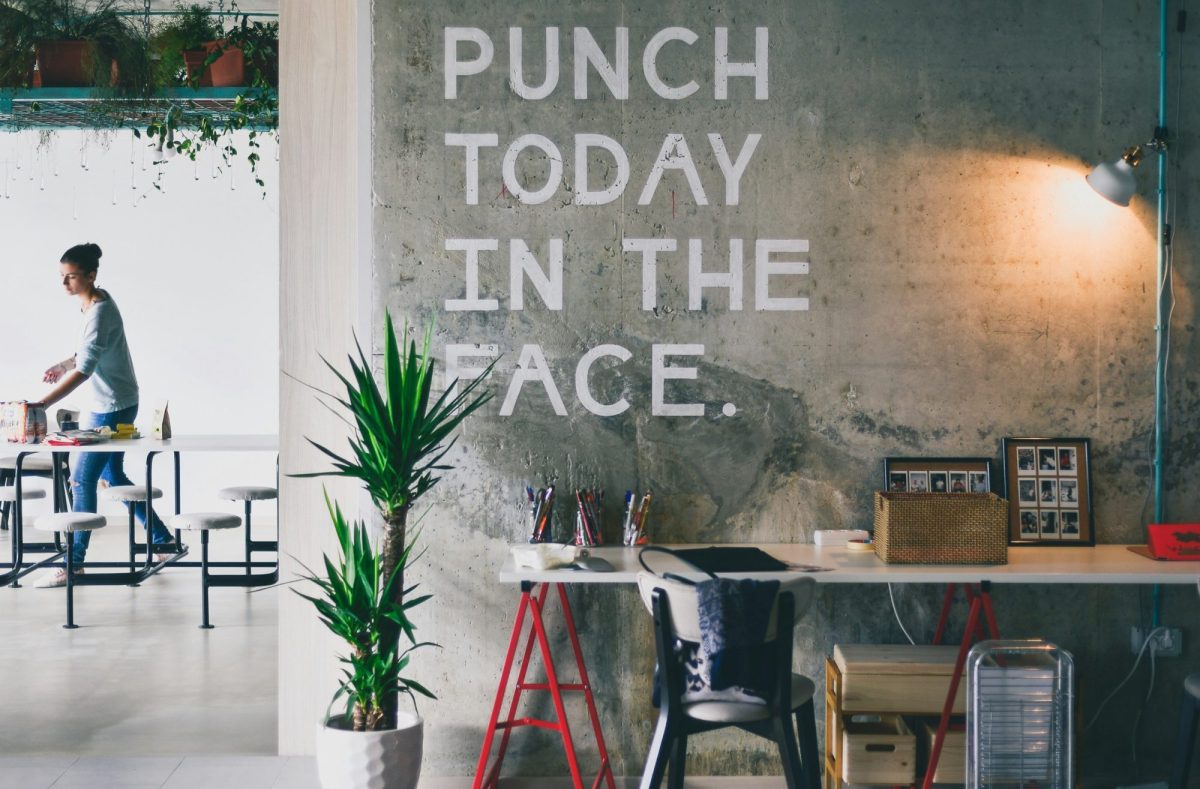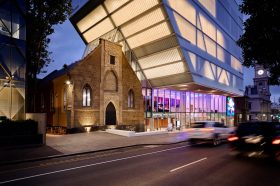Four years after the pandemic, every industry has grappled with definitions of productivity and work/life balance. In the creative arts industry, feelings of burnout and depression are common. In 2022, the viral trend of ‘quiet quitting’ began on TikTok and spread through many sectors. In its place, ‘slow productivity’ has become a buzzword, led by internet influencers and productivity experts.
‘Quiet quitting’ required its followers to commit to their work and no longer go above and beyond to please their employers. Employees do the bare minimum and no more, insisting on turning off communication at a reasonable hour and keeping weekends to themselves.





